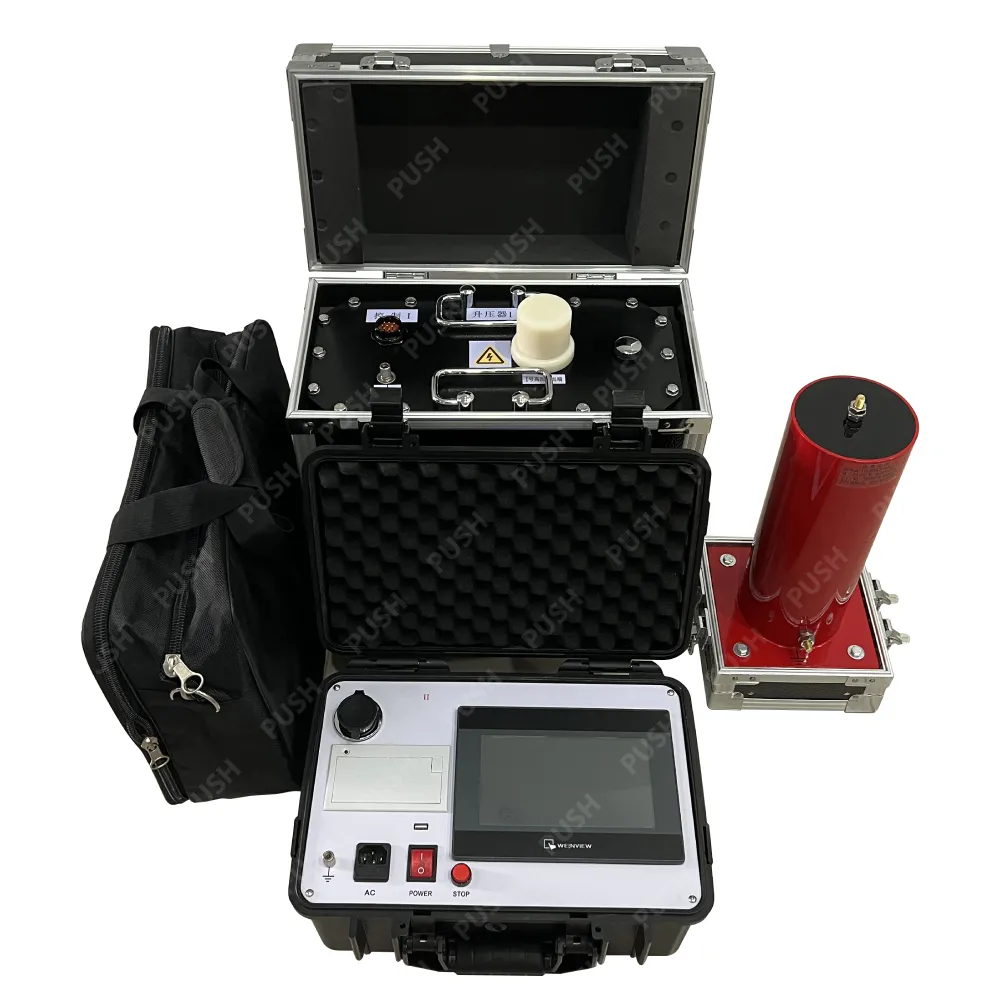 English
English


insulation resistance to earth
Understanding Insulation Resistance to Earth
Insulation resistance to earth is a critical parameter in electrical safety and system reliability. It measures the ability of an electrical system's insulation to resist the flow of current to the ground, which is essential for preventing electrical shock and equipment damage. In essence, it acts as a safeguard against faults that could lead to hazardous conditions.
Understanding Insulation Resistance to Earth
The importance of maintaining adequate insulation resistance cannot be overstated. A low insulation resistance could indicate a short circuit, which may lead to electrical shock risks for personnel. Furthermore, compromised insulation can cause equipment failure or even fires due to overheating in electrical systems. Thus, regulatory standards often stipulate minimum acceptable insulation resistance values, ensuring safety in industrial, commercial, and residential settings.
insulation resistance to earth

In practice, insulation resistance is measured in megohms (MΩ). A commonly accepted benchmark is that insulation resistance should be greater than 1 MΩ for safe operation. However, many organizations aim for much higher values—typically exceeding 5 MΩ—to ensure robust insulation integrity, particularly in critical applications such as hospitals and data centers.
Regular inspections and maintenance are recommended to guarantee the insulation remains within safe limits throughout the service life of electrical equipment. This involves not only routine testing but also visual inspections for signs of wear, such as cracks, discoloration, or physical damage. Application of appropriate insulating materials and protective coatings can also significantly extend the lifespan of insulation systems.
In conclusion, insulation resistance to earth plays a pivotal role in electrical safety and system performance. By ensuring high levels of insulation resistance through regular testing, effective maintenance, and adherence to safety standards, organizations can protect against potential hazards, prolong equipment life, and maintain operational efficiency. A proactive approach toward insulation management ultimately translates to a safer working environment and substantial cost savings over time.
-
Differences between open cup flash point tester and closed cup flash point testerNewsOct.31,2024
-
The Reliable Load Tap ChangerNewsOct.23,2024
-
The Essential Guide to Hipot TestersNewsOct.23,2024
-
The Digital Insulation TesterNewsOct.23,2024
-
The Best Earth Loop Impedance Tester for SaleNewsOct.23,2024
-
Tan Delta Tester--The Essential Tool for Electrical Insulation TestingNewsOct.23,2024





